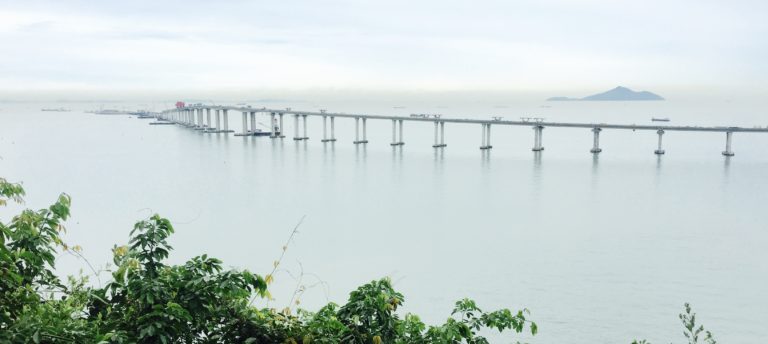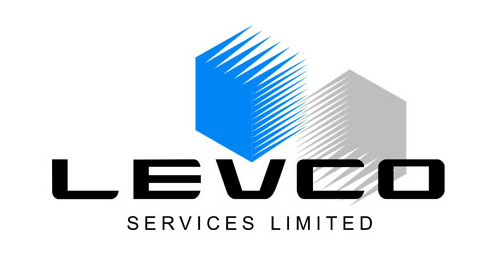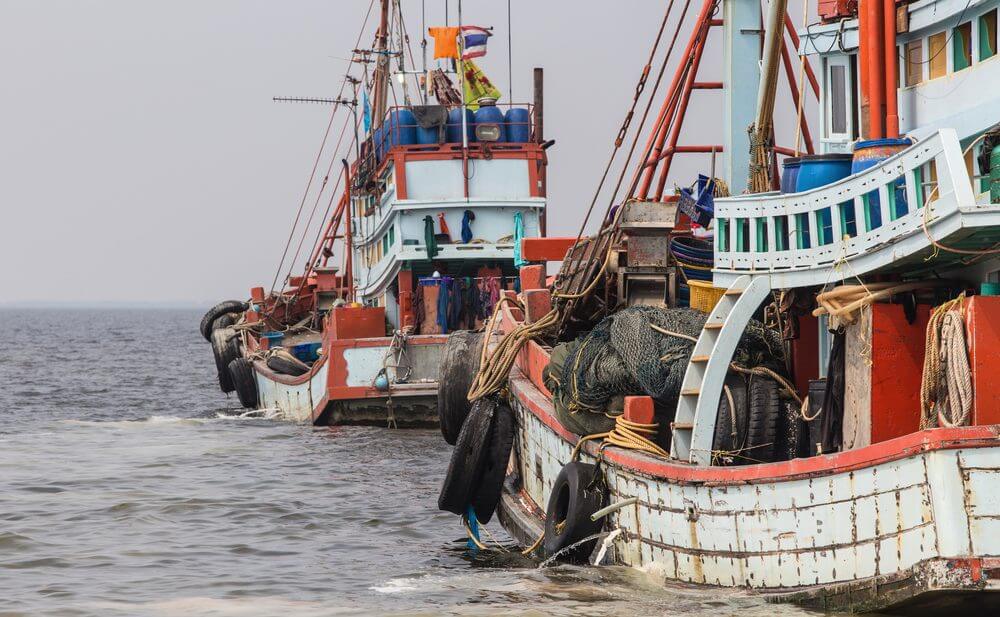
Import and Export Trade Industry in Hong Kong
Overview
- Hong Kong is the world’s 8th largest trading economy. In the first ten months of 2015, Hong Kong’s total merchandise trade decreased by 2.7% year-on-year (YOY) to US$811 billion, after expanding by 3.6% in 2014.
- Hong Kong is handling an increasing amount of offshore trade. The Hong Kong government estimates that the value of offshore trade in 2013 (including both “merchanting” and “merchandising for offshore transactions”) amounted to HK$4,954 billion, up 6.1% over 2012. In comparison, the value of re-exports was HK$3,505 billion in 2013, up 3.8% over 2012. The amount of offshore trade has surpassed the value of Hong Kong’s re-exports.
- As at June 2015, 484,416 people were employed in the import and export trade sector, which had 102,413 establishments. In 2013, the sector accounted for about 20% of Hong Kong’s GDP.
- Hong Kong has been handling a significant portion of the Chinese mainland’s expanding external trade. In 2014, about 12% of the Chinese mainland’s exports (US$278 billion) and 13% of imports (US$251 billion) were handled via Hong Kong and 60% of Hong Kong’s total re-exports were originated from the Chinese mainland.
Industry Data

Range of Services
Hong Kong’s import and export trading firms are active in sourcing various types of goods, including raw materials, machinery and parts, and a wide range of consumer goods. There are three main types of sourcing activities:
(1) sourcing goods produced in Hong Kong;
(2) sourcing goods from around the region for re-exports; and
(3) sourcing goods from one country to be shipped directly to a third country without touching Hong Kong ground.
The import business of Hong Kong trading firms is mainly generated by the distributing capabilities under the identity of agents or dealers. These trading firms usually specialise in one area of products and represent one or more foreign brands. Their trading map usually encompasses Hong Kong, the Chinese mainland (or certain parts of it) or other Asian countries.
Due to the development of trade supporting services on the Chinese mainland, trading firms increasingly source goods offshore for sales in international markets. Some of these goods are transhipped via Hong Kong, or shipped directly without touching Hong Kong ground. Such trade, known as offshore trade, is not reflected in Hong Kong’s trade statistics. According to statistics released by Census and Statistics Department in early 2015, Hong Kong’s sales value of offshore trade in 2013 (including both “merchanting” and “merchandising for offshore transactions”) amounted to HK$4,954 billion, up 6.1% over 2012. In comparison, the value of re-exports was HK$3,505 billion in 2013, up 3.8% over 2012. The amount of offshore trade has surpassed the value of Hong Kong’s re-exports.
Service Providers
Hong Kong’s import and export trading firms are typically small, employing less than 10 persons on average. There were 102,413 import and export trading firms in Hong Kong as of June 2015, with less than 300 of them having employed more than 100 employees. There are three broad categories of import and export trading firms:
- Left hand-right hand traders: these refer to trading firms which match sellers and buyers without adding any significant value to the process. These firms are characterised by the conduct of a straight-forward sourcing operation, usually identifying goods produced on the mainland or Hong Kong and shipping them to overseas markets. These firms rely on their specialist knowledge of the sources of products in the region and the low costs of their supplies as their main competitive advantages.
- Traders with some value-added services: Many firms now source raw materials for their suppliers and provide finance for these materials. They often use letters of credit from their customers as a guarantee for raising finance for their purchase orders. Other firms develop a sub-contractor relationship with a number of factories in which they exert significant control over the management of production, including quality control.
- Traders with sophisticated value-added services: In certain cases exporting firms have added value to their traditional activity to such an extent that it may be difficult to retain the label of being exporters. For example, some firms have become designer and manufacturer of components for their supplier factories to produce finished goods, which the firms subsequently export. These firms add value mostly from their design team and their competitive edge comes from their ability to design products which sell well in the target markets.
The business environment for Hong Kong’s trading firms is becoming more challenging amid the growing trend toward direct dealing between customers and manufacturers, known as “trade disintermediation”. In 2013, the rate of gross margin[1] of merchanting was 5.6%, declining further from 5.9% and 6.0% in 2012 and 2011 respectively, illustrating the squeeze in margin. In response to trade disintermediation, Hong Kong traders adaptively provide more value-added services in addition to finding more competitive sources of supplies. For example, Hong Kong traders help their overseas clients inspect the goods produced by the manufacturers to ensure they meet the procurement standard, and monitor production schedules to meet delivery. Hong Kong traders can also help overseas buyers coordinate production when the buyers have a sudden surge in orders and quick turnaround is needed.
In the same period, the commission rate of merchandising[2] for offshore transactions was 5.9% (2011: 5.1%; 2012: 5.3%). In comparison, the rate of re-export margin was 16.3% in 2011 (2009: 16.9%; 2010: 15.9%).
The operations of small and big trading firms are quite different. Smaller firms are usually strong in introducing foreign products to the mainland market. In most cases, they specialise in one area, such as medical equipment, and represent some foreign brands as their agents or distributors. Bigger trading firms are usually strong in sourcing products from the region. They usually have regional or even global sourcing networks and do not specialise on a particular type of product.
Exports
Hong Kong’s import and export trading sector exports its services mainly in the form of offshore buying and selling of goods. Given Hong Kong’s proximity and the relocation of Hong Kong’s manufacturing bases to the mainland, particularly the Pearl River Delta, the Chinese mainland is a major source of offshore trading activities. As Hong Kong manufacturers are diversifying their production activities to other low-cost countries, the offshore trading pattern is expected to reflect the move.
In the first nine months of 2015, Hong Kong earned US$26.4 billion from exporting merchanting and trade-related services, accounting for 26.3% of total services exports.
Industry Development and Market Outlook
- Suffering from the global economic slowdown, Hong Kong’s total merchandise trade decreased by 2.7% to US$811 billion in the first ten months of 2015, after expanding by 3.6% in 2014. In the same period, Hong Kong’s merchandise exports saw a drop of 1.7% YoY, after increasing by 3.2% in the previous year. In 2014, Hong Kong’s major export markets were the Chinese mainland (54% of total), the US (10 %) and the EU (9%).
- In recent years, Asia has become a more integrated market, thanks to the various free trade agreements (FTAs) signed in the region. In particular, the product trade arrangements under the China-ASEAN Free Trade Area (CAFTA) pact, which commenced in 2005 with scheduled tariff elimination completed in 2010, have contributed to higher intra-Asian trade. In November 2015, China and ASEAN concluded an upgraded FTA that covers further liberalisation of trade as well as economic, investment and regulatory cooperation. This FTA is seen as helping meet the target of boosting bilateral trade to US$1 trillion by 2020.
- Intra-Asia trade has seen strong growth in recent years. During 2010-2014, the compound annual growth rate (CAGR) of Asia’s exports to within the region was 6%, way above the 3% CAGR of exports to Europe in the same period and only slightly below that of the 7% growth for North America.
- In addition, over the past few years, there has been an increase in companies in developed economies treating Asia as a market instead of a pure production base. During 2010-2014, North America’s exports to Asia expanded by a CAGR of 5%, surpassing the CAGR of 4% in respect of its exports to Europe in the same period. Similarly, Europe’s exports to Asia expanded by a CAGR of 9% between 2010 and 2014, surpassing the CAGR of 7% in respect of its exports to North America in the same period.
- ASEAN as a group is the fourth largest export market and second largest trading partner of Hong Kong, with Vietnam having surpassed Singapore to become Hong Kong’s largest export market in ASEAN since 2013. To further capitalise on expanding bilateral trade, Hong Kong and ASEAN began formal negotiations on a Hong Kong-ASEAN Free Trade Agreement (HAFTA) in July 2014. In addition to the reduction and/or elimination of import tariffs, other key elements covered by the HAFTA include, rules of origin, liberalisation of trade in services, promotion and protection of investment, as well as intellectual property co-operation. The HAFTA is expected to be completed in 2016 to foster stronger economic ties between Hong Kong and ASEAN and enhance Hong Kong’s role as a regional trading hub.
- The Belt and Road Initiative, announced by Chinese President Xi jinping in October 2013, is an ambitious plan aiming to promote economic and social cooperation among more than 60 countries along the proposed corridors of “the Belt” and “the Road”. This development will certainly lead to an expansion in the volume of international trade and create fresh demand and business opportunities for Hong Kong’s trade sector.
The Closer Economic Partnership Arrangement between Hong Kong and the Mainland (CEPA)
Under CEPA, Hong Kong service suppliers (HKSS) can provide, in the form of wholly-owned operations, commission agents’ services and wholesale trade services and to set up wholly-owned external trading companies on the Chinese mainland.
Under CEPA Supplement VIII, for the same HKSS which opens more than 30 stores accumulatively on the mainland and sells different types and brands of commodities (including staple food) coming from multiple suppliers, the HKSS is allowed, on a pilot basis, to operate in Guangdong on a wholly-owned basis.
Under CEPA Supplement IX, HKSS are allowed to set up individually owned stores on the Chinese mainland to provide trade brokerage and commission agency services (excluding auction) for wholesale and retailing.
Under the latest supplement signed in November 2015, basic liberalisation of trade in service between the Chinese mainland and Hong Kong will be achieved from June 2016, strengthening the city’s status as an international trade hub as well as the gateway to the Chinese mainland.
[1] Rate of gross margin” refers to the gross margin from merchanting expressed as a percentage of the sales value of goods involved, while “commission rate” is the commission from merchandising for offshore transactions expressed as a percentage of the sales value of goods involved. “Rate of re-export margin” is defined as the re-export margin expressed as a percentage of the value of re-exports.
[2] The difference between “merchanting” and “merchandising” is that, an establishment engaged in “merchanting” takes ownership of the goods involved, whereas one engaged in merchandising transactions does not take ownership of the goods involved.
About the Hong Kong Trade Development Council (HKTDC)
Established in 1966, the Hong Kong Trade Development Council (HKTDC) is a statutory body dedicated to promoting Hong Kong trade. Its mission is to explore opportunities for Hong Kong companies, especially small and medium-sized enterprises (SMEs), and connect them with business partners around the world.


